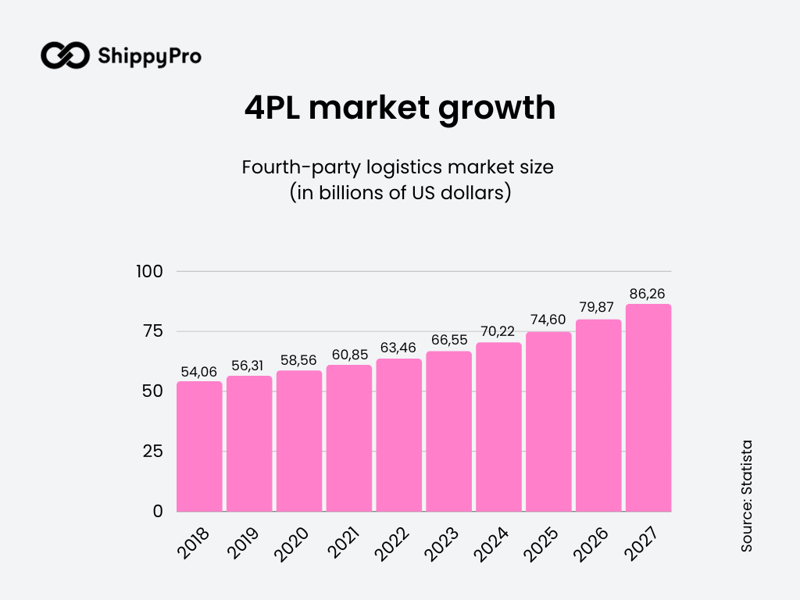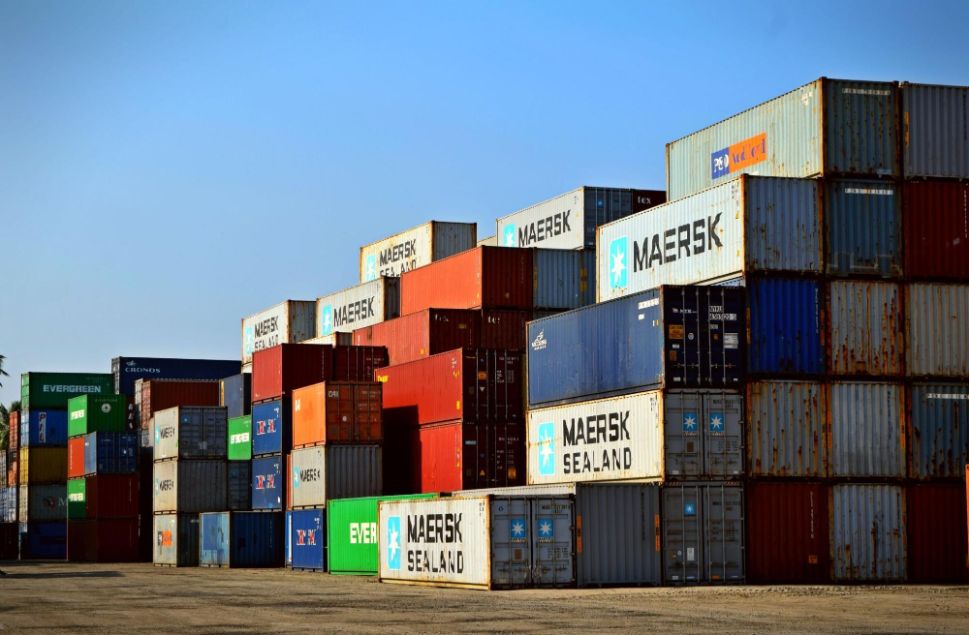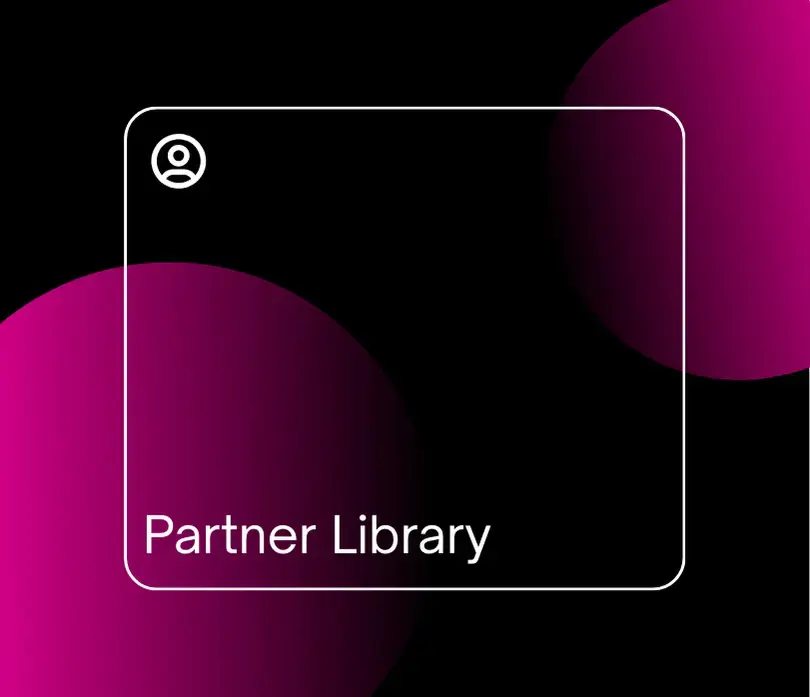4PL Logistics: the next level of supply chain management

When we talk about PL, Party Logistics, we are talking about logistics service providers and their outsourcing solutions.
When a retailer or e-commerce company decides to outsource their logistics operations, they have different options based on the level of outsourcing: 1PL, 2PL, 3PL, 4PL and 5PL.
In this article we will discover more about 4PL, how it works, its advantages and how it differs from a 3PL.
To provide a comprehensive understanding of the various outsourcing levels in logistics, we’ll delve into each category, starting from the simplest to the most complex.
4PL: meaning and definition
As mentioned above, the 5 levels of Party Logistics are different from each other based on the degree of outsourcing and the characteristics of the service.
4PL, or fourth-party logistics, is one of the most strategic and most requested, which is why we will focus on this one. In other words, it consists of logistics consultancy services and also comprises the practical execution of the work, which is carried out by other suppliers (3PL).
This means that Fourth level Party Logistics is a logistics management approach where an intermediary acts as the central point of coordination between the client company and the shipping service provider.
The 4PL (also called Logistic Service Provider or Lead Logistics Provider), although not dealing with the physical storage of goods, extends its logistics consultancy services also to warehousing operations, for example through the design and implementation of new technologies and machinery for warehouse automation.
One of the key responsibilities of a 4PL is also to identify and engage reliable 3PL suppliers, who are entrusted with the execution of the practical aspects of shipping. In this way, this supplier becomes the only interlocutor of the client company and acts as an intermediary between the latter and the various logistics suppliers, supervising the entire supply chain.
According to statistics, the size of the fourth-party market is increasing. It is in fact a model that is increasingly being adopted by companies. Statista.com predicts that the 4PL market will exceed $86 billion by 2027.

But why is the 4PL such a strategic model? To understand this, let's take a step back and analyse all the various options.
The different levels logistics outsourcing: 1PL-5PL
To fully understand the concept of Party Logistics and the definition of 4PL, it is necessary to have a complete picture of the professional figures involved in this type of relationship.
On the one hand we have the contracting or client company, which produces and/or sells items through its own sales channels, for example through an e-commerce site.
On the other hand, the logistics service provider, i.e. the contracting company commits to the client to perform the requested services.
In this working relationship, the client and the logistics service provider collaborate in different ways. The more complete the logistics service offered by the contracting company, the higher the level of collaboration and, consequently, the number that identifies the level of outsourcing: 1PL, 2PL, 3PL, 4PL and 5PL.
So, let's analyse the differences.
1PL (First Party Logistics)

It's first-party logistics. In this model, the client company (or retailer) manages the entire logistics process independently. In other words, there is no service outsourcing.
Let's imagine a small winery that grows vines and produces wine. According to this model, the same company will distribute the wine to all its customers, who can be private individuals or other companies.
This solution is undoubtedly economically advantageous (both for the producer and for the consumer) but is only applicable for small businesses with local distribution. Furthermore, such a model requires significant time investment in internal logistics management, time which could otherwise not be dedicated to business growth and development.
2PL (Second Party Logistics)
This is the case in which the winery opts for an initial outsourcing of the shipping service, for example relying on one of the many Italian carriers and foreign carriers operating in the area.
With this model, the contracting company, in our case the winery, manages all operations related to warehouse management, preparing orders within its own storage site, and managing each shipment.
Therefore, Second-party logistics allows for a different approach to shipping services. In fact, it is financially advantageous for the seller, as it eliminates the need for additional expenses such as the purchase or rental of the fleet, transport costs, etc. At the same time, however, the seller can focus on the growth of the business, for example by monitoring warehouse KPIs, reviewing product prices by creating a strategy based on price psychology or making investments to improve marketing strategy by monitoring marketing KPIs.
3PL (Third Party Logistics)

It is a system in which the shipping service provider acts as an intermediary between the manufacturer, or retailer, and customers, managing the entire logistics process, from the storage of the goods in its own facilities up to the last-mile logistics.
The third-party logistics provider’s role extends beyond transport organisation; they are responsible for receiving the goods, cataloguing, and storing them, preparing and managing orders, keeping inventory updated and managing returns, as well as new supplies.
Simply put, our winery could spare its resources and energy exclusively for wine production and marketing for business growth, without worrying about logistics.
Generally, this type of working relationship lasts longer than the previous one. For this reason, the company providing the service usually signs a contract with the client company, customising it based on business needs.
4PL (Fourth Party Logistics)

4PL or fourth party logistics takes logistics management a step further.
As we have already specified above, a 4PL does not deal with the storage of the goods or their transportation. Its role is more strategic, functioning as a coordinator:
- plans and manages work cycles;
- manages warehouse operations;
- is responsible for integrating new technologies;
- supervises the supply of goods;
- selects and coordinates the 3PLs for the operational aspect;
- monitors and evaluates supply chain performance by analysing logistics KPIs for data-driven supply chain optimization;
- identifies and manages risks by adopting strategies to reduce or avoid them;
- provides strategic consultancy to improve the supply chain.
4PL consultancy services are aimed at providing support to the client company, optimising the entire supply chain and reducing costs, which is why long-term contracts are stipulated in this case too.
In our previous example, it is clear that at this point the winery should be a large company that has a large clientele and needs timely work planning in all phases.
This is why there is a need to delegate the entire management of the various 3PL and 2PL suppliers to the 4PL. The 4PL, therefore, acts as the coordinator for all logistics service providers and manages their activities on behalf of the customer.
There are plenty of software programs available to facilitate these operations, simplifying all phases of company logistics. ShippyPro, for example, with its features such as Track & Trace, Easy Return and Label Creator allows you to manage a company's logistics more efficiently.
Its carrier integration feature allows you to select, among hundreds, the carrier best suited to your needs, while features such as Label Design or Ship & Collect allow you to customise shipping labels and interact with customers at checkout.
ShippyPro is therefore a valuable tool in this context, capable of simplifying ecommerce shipments and offering a satisfactory delivery experience for customers.
5PL (Fifth Party Logistics)
It is the last level of outsourced logistics management. It is a logistics service provider that offers more advanced management solutions than the 4PL.
In particular, it focuses on the design of customised solutions for the digital integration of supply chain management processes, in order to improve data analysis and consequently the efficiency of the supply chain.
The key roles of a 5PL are:
- providing a personalised service based on the customer's specific needs;
- identifying risks and opportunities in supply chain management by applying strategies to manage and take advantage of them;
- collaborating with the various logistics service providers and improving the synergy between the various parties;
- providing strategic advice to improve the supply chain;
- monitoring and evaluating supply chain performance through the analysis of logistics KPIs;
- using advanced digital platforms, such as the Internet of Things (IoT), artificial intelligence (AI) and blockchain to improve the traceability, security and efficiency of company logistics.
3PL and 4PL: what are the differences
To better understand the differences between 3PL and 4PL, we need to examine the logistics services offered by both.
A 3PL has its own logistical resources (vehicles and warehouses) and the activity it carries out has an operational nature. It offers logistical services such as warehousing, inventory management, order preparation, transport and distribution of goods. The type of contract is pay per use, i.e. short/medium term contracts which can end with the execution of a single service. Finally, it has no strategic involvement in work planning.
A 4PL, on the other hand, does not have a fleet of vehicles or its own structures to store the goods, the activity it carries out is purely strategic in nature, it mainly focuses on the management of the entire supply and distribution chain, coordinating the network of 3PL suppliers. Its objective is the growth of the client's company through the optimisation of the distribution chain. For this reason, it usually signs long-term contracts offering customised solutions based on the customer's needs.
In short, the 3PL is fundamentally a service provider, while the 4PL is a strategic partner.
The benefits of 4PL partnerships
But why is it advantageous to request external fourth-level management of your supply chain? Here are 4 advantages of outsourcing logistics services with a 4PL.
- Better coordination: the management of the various logistics service providers is completely delegated to the 4PL which, as a strategic partner, has the task of improving the coordination of the activities of the various 3PLs.
- Customised solutions: the 4PL offers customised solutions based on the needs of the company.
- Cost reduction: entrusting the shipping service and management of company logistics to third and fourth parties allows for significant savings in terms of supplies and infrastructure necessary for shipments. In fact, the client company does not need to own warehouses or a fleet of vehicles for storing goods and shipping them. Furthermore, the management and coordination of service providers through an external partner ensures the application of strategies aimed at improving cost management.
- Greater efficiency: the experience and know-how of the 4PL guarantees the efficiency of the various phases of the entire logistics process. In this way, the client company can focus on the growth of its business without having to waste energy and resources to manage and improve its distribution chain.
4PL: conclusions
4PL, fourth-party logistics, is one of the latest innovations in the logistics industry, aiming at making shipments more efficient through the application of proven and customised strategies for the company, in order to reduce costs and improve service.
In this article we have seen what a 4PL is and the various levels at which it is possible to outsource shipping services. We have also seen what the advantages of this service are and compared 3PL and 4PL services. These evaluations are becoming increasingly necessary to keep up in an ever-expanding market, which continually requires the application of new technologies and strategies to continue to grow your business also in the logistics sector.
FAQs
What is 4PL?
4PL, fourth level Party Logistics, is a logistics management model that acts as an intermediary between the client company and the shipping service provider (3PL). It is a logistics consultancy service which also includes the practical execution of the work, through other suppliers. The 4PL has a strategic role and is responsible for coordinating and managing the various suppliers and all operations related to storage, warehouse management and shipping up to the delivery of the goods.
What does 3PL mean?
The 3PL is the third-party logistics provider, Third Party Logistics, that acts as an intermediary between the client company and customers, managing the entire logistics process, from receiving the goods at its own warehouses to shipping and delivery to customers.
Passionate freelance copywriter, with a niche in ecommerce and logistics. When collaborating with ShippyPro, she loves writing about trends, marketing and communication strategies to help brands gain an edge in an ever-evolving digital landscape.






.webp)



.webp)
